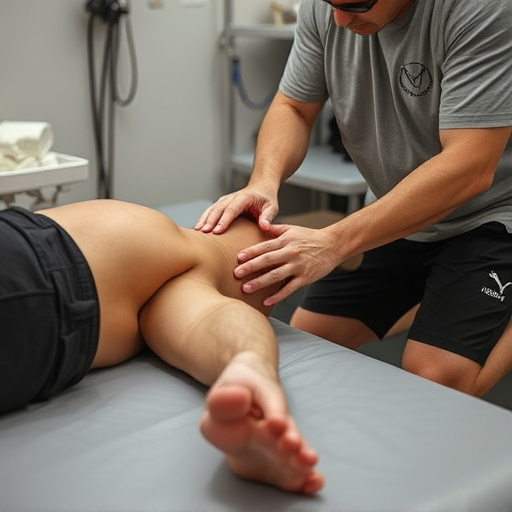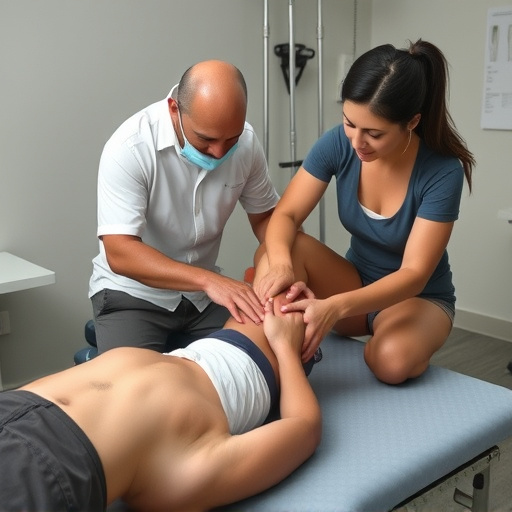TL;DR: To maximize effectiveness of workplace injury chiropractor visits, prepare by documenting your injury details, bringing medication lists, and communicating specific goals. Share complete medical history during consultation for personalized treatment aligning with needs like pain relief or faster recovery. Chiropractors offer non-invasive treatments like adjustments, shockwave therapy, and exercises to manage pain, restore mobility, and aid return to work.
“Maximizing results from workplace injury chiropractor visits is essential for a swift and effective recovery. This guide offers practical tips to navigate your appointments successfully. From preparing detailed medical history and asking insightful questions, to understanding treatment plans and setting realistic expectations, each step ensures optimal healing. Embrace at-home care, maintain open communication, and collaborate with your chiropractor to achieve full workplace readiness.”
- Preparation for Your Appointment
- – Gathering and sharing relevant medical history
- – Describing the injury and its impact in detail
Preparation for Your Appointment

Before your workplace injury chiropractor visit, preparation is key to maximizing benefits. Gather all relevant information regarding your injury, including when it occurred, the circumstances leading up to it, and any symptoms or discomfort levels experienced since. It’s also helpful to bring a list of medications you’re currently taking, as well as details of any previous injuries or treatments, even if they seem unrelated. This comprehensive approach ensures your chiropractor has all the necessary details for accurate diagnosis and effective treatment planning.
Additionally, consider what specific goals you want to achieve from your visit. Do you seek relief from pain, improved mobility, or a faster recovery time? Communicating these expectations clearly to your chiropractor allows them to tailor their non-invasive treatment, focusing on auto accident recovery strategies that align with your needs. Remember, an informed and collaborative approach enhances the effectiveness of chiropractic care in managing workplace injuries.
– Gathering and sharing relevant medical history

Before your workplace injury chiropractor visit, prepare by gathering all relevant medical history. This includes past injuries, surgeries, or any chronic conditions that could impact your current treatment. Be sure to mention specific symptoms, such as neck pain relief or muscle recovery concerns, for a more personalized approach.
During the consultation, openly communicate this information to ensure the chiropractor understands your full health picture. Sharing these details can lead to more effective adjustments and targeted treatments tailored to your post-injury care needs, ultimately maximizing the results of your visit.
– Describing the injury and its impact in detail

A workplace injury can have a profound impact on an individual’s daily life and work performance. It’s crucial to describe the injury in detail—its immediate effects, persistent symptoms, and how it hinders normal activities. For instance, a back injury might manifest as acute pain during movement, radiating discomfort, or reduced mobility, affecting posture and balance. This can lead to difficulties in performing tasks that require lifting, bending, or prolonged sitting, directly impacting work productivity and overall well-being.
Chiropractors are often sought for their expertise in non-invasive treatment options, such as chiropractic care, shockwave therapy, and therapeutic exercises. These methods aim to alleviate pain, improve mobility, and accelerate the healing process. By addressing the specific needs of each patient, chiropractors help individuals regain functionality, reduce reliance on medication, and return to work with enhanced strength and flexibility.
Maximizing your workplace injury chiropractor visits requires thorough preparation. By bringing detailed medical history, accurately describing your injury’s onset and effect, you empower your healthcare provider to offer tailored, effective treatment plans. Remember, these visits are a crucial step towards regaining mobility, reducing pain, and returning to work stronger than before.














